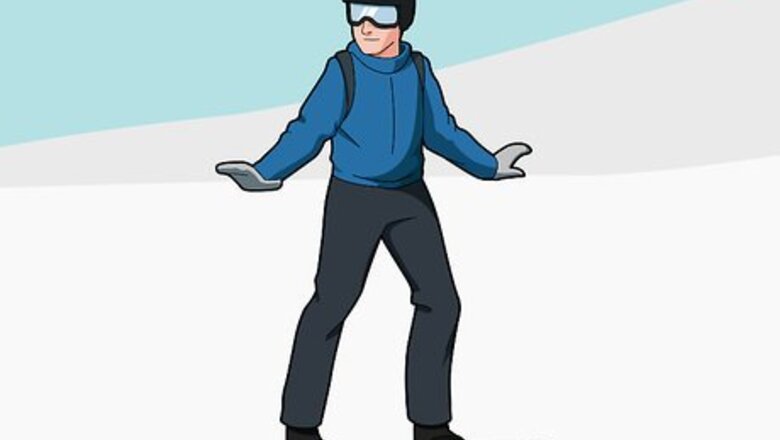
views
Learning Positions
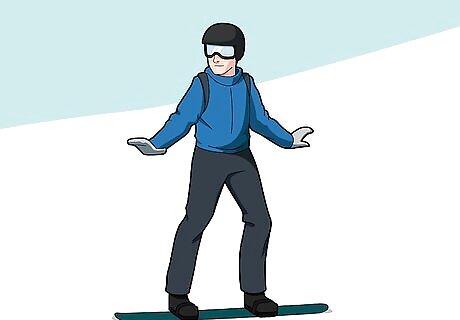
Get into an athletic stance on flat land. You first need to learn how to properly stand on your snowboard. Get to a flat, snow-covered surface and stand on your board. Keep your knees slightly bent, your back straight, and your hands by your sides over the snowboard’s nose and tail.

Practice leaning forward. To get an idea of the movement, lean forward and balance on your toe edge while remaining stationary. Focus on keeping your knees forward and your weight centered. Hold this for as long as you can without falling forward to the ground. Take a quick break and repeat this leaning motion until you feel comfortable doing it.
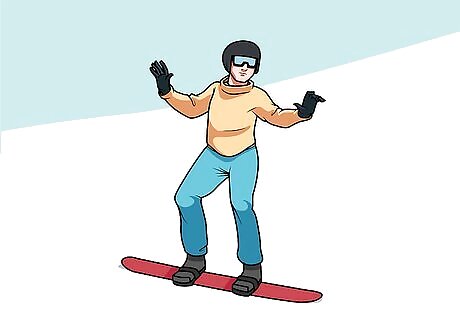
Practice leaning backward. Lean back on your heel edge. To balance this way, you’ll need to bend your knees and stick out your backside like you’re sitting in a chair. Hold this for as long as you can and then take a quick rest. Repeat this until you feel confident in balancing on your heel edge.
Practicing
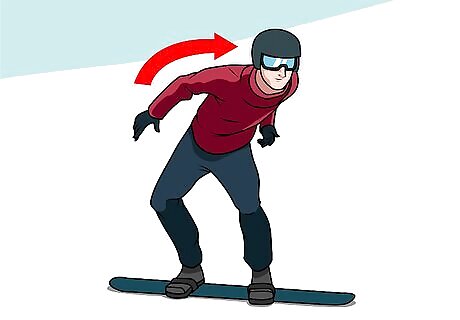
Lean forward to pick up some speed on a moderate run. Once you’ve practiced stationary leaning, it’s time to move onto mobile leaning. Start at the top of a moderate run and pick up some speed by leaning forward. You’ll need some momentum built up before you begin carving. Pay attention to what’s going on around you and make sure that there’s room to work on your carving before getting started.

Edge your snowboard forward by driving your knees into the hill. As you pick up some speed, bend your knees and ankles and tip your board forward. Lean into the hill with your knees in order to cut into the snow with your board.
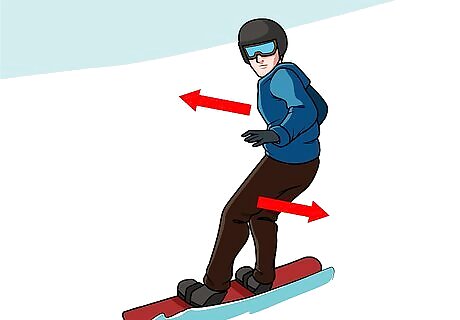
Edge your snowboard backward by sticking your backside out. Shift your weight backward while continuing to move down the run. Cut into the snow with your heel edge by keeping your body centered but sticking your backside out behind you and toward the hill.
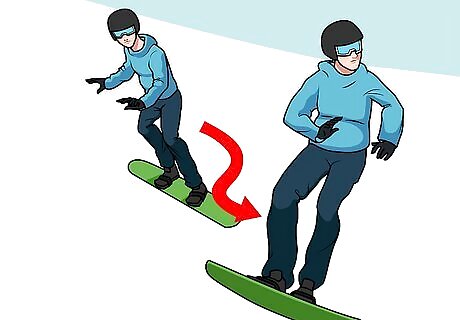
Adjust your pressure to smooth out skidding. As you transition back and forth between leaning forward and backward, experiment with how much pressure you apply. Not enough pressure may result in uncontrolled speed and turning while too much pressure can create unsteady skidding. To apply more pressure to your heel edge, tilt your heels back farther. To apply more pressure to your toe edge, tilt your toes further forward. Once you’ve completed a run, look behind you and check your track to assess your smoothness. If it’s a thin, smooth, curved line, your pressure is right. If it’s choppy and inconsistent, keep experimenting with your pressure.
Gaining Control
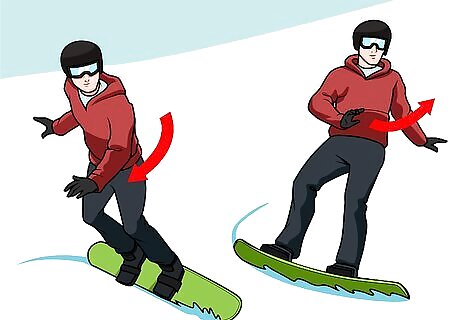
Steer with your front knee and shoulder. To steer yourself effectively, make movements that are quick and aggressive. Your front shoulder and front knee have a lot of power when it comes to steering while carving. Point your front shoulder and front knee in for the toe carve and out for the heel carve.
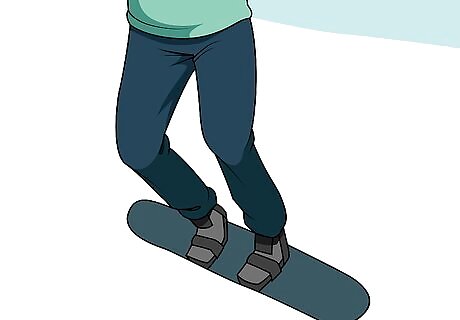
Bend your knees during turns to absorb pressure. Focus on bending your knees while turning as you carve. At the end of each turn, bend your back knee more than your front knee, so that the pressure is properly absorbed.
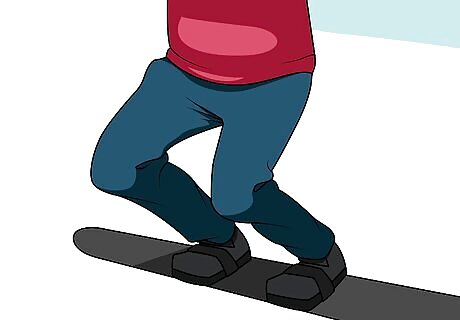
Flex your ankles to effectively edge your snowboard. As you edge your snowboard outward or inward, flex your ankles and knees. This should help to minimize skidding and create a smoother carve.

















Comments
0 comment